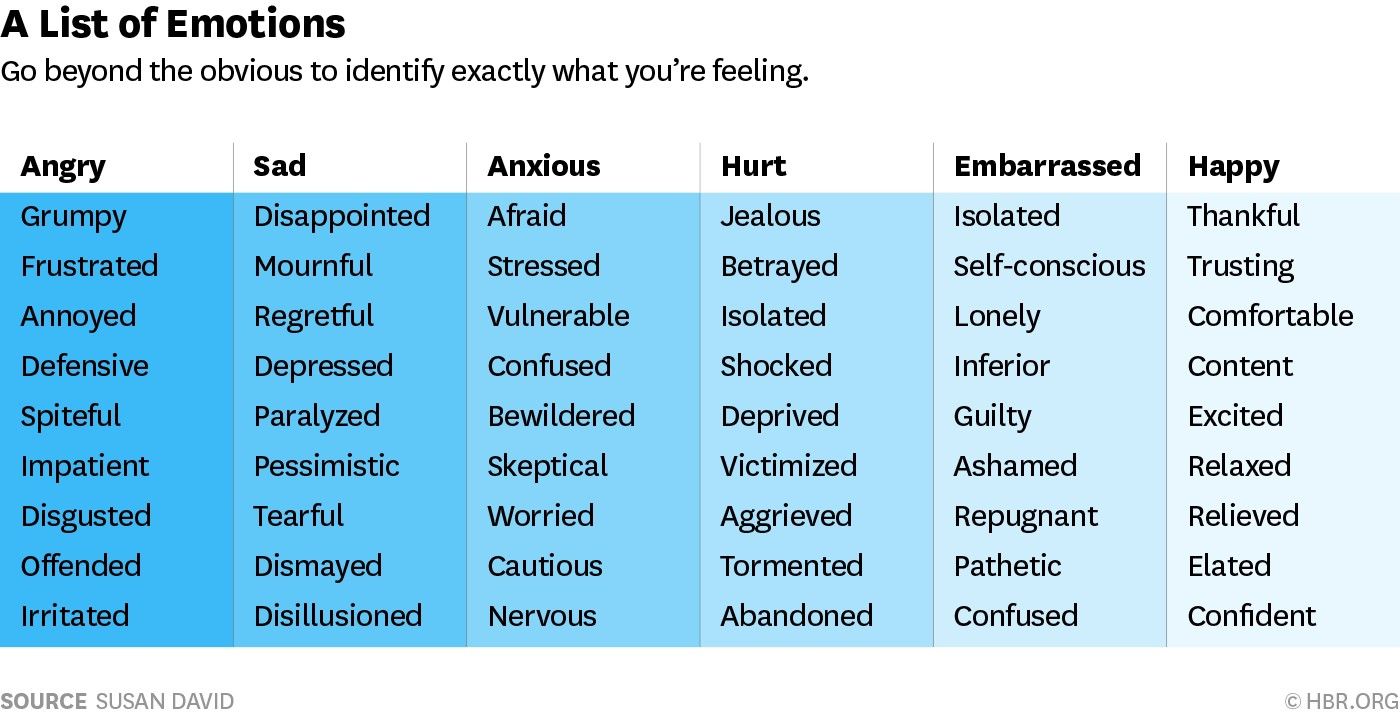AMA Victoria made this resource available to members only.
Get access to all of AMAV's articles, events, and more by joining today.
- Access all member-only resources from AMAV
- Dig deeper into the subjects that matter to you
- Get in depth articles to achieve your professional goal
Already a member? Log in
Feelings of collective loss and grief [1] are present in many workplaces right now, albeit in the background as we return to greater ‘normality’ in the way we are going about our lives. The COVID pandemic has impacted us all. We have all experienced loss to varying degree – including loss in the way we used to work and engage with others, loss of autonomy and freedom in our lives and roles and for some loss of income and a livelihood.
As the pandemic broke across the country and impacted so severely in 2020 effective crisis leadership was essential. Two years later there is still important crisis leadership work still to be done. While the situation has changed in so many ways, the rollercoaster of experiences and emotions is still present. And it’s important to keep attending to feelings of grief and loss, and for leaders to provide containment [2] for their staff and colleagues.
Being mindful of emotions – our own and others', and the generalised collective experience in our community – is also part of this important containment work:
- How am I feeling right now?
- How are my team members and colleagues doing?
- How might this impact our work together – today and over the weeks and months ahead?
Two ways that a leader can role model and enact behaviours that provide containment are:
Share their own experience with their team
Share your own experience of emotions right now, and your perception that many people are in a similar boat. You might say “I’ve realised that I feel quite sad about all the things we’ve lost over the past two years. I miss seeing you all. I miss being able to meet in person.” Whatever it is that is true for you. it doesn’t have to be big and emotional, just a message that includes emotions as part of your experience.
This is an act of leadership because it says that it’s OK to talk about how we’re feeling, and there is no need to hold these in and feel alone or inadequate at work because you’re holding so many big feelings. There’s no need to overdo it – there is the leadership work of role modelling, validating our humanity, and containing the experience so people can work together effectively.
Name it
One of the most helpful things to do when it comes to working with emotions is to name them – what is this thing I’m feeling? Is it Grief? Sadness? Loss? Despair? Fear? Worry? Perhaps a mix of these. This also helps because it distances the thing from our feeling of it – so the emotion does not define us or direct us; it is just data – Susan David writes so eloquently about this in her work on Emotional Agility [3].
When we find the right language to express ourselves, then we can share our experience with others, and this social process can also help to validate our experience. Others will connect to the experience, and share their own reality, establishing strong connection and our humanity together. This is reassuring. It relives some of the burden and creates space to think and work together on the tasks at hand.
When leaders can do this work openly it is freeing and containing for those around them. This leadership validates everyone’s experience, helping to build strong and trusting relationships and by sharing the load together, it frees people up to work well on the tasks at hand – and to be able to ask for extra support when they need it.
These emotions are real, and they are present in an extreme and heightened state right now. and have been for two years. This is an immense burden. But we can relieve some of the suffering and burden together. Freeing us up for more effective collaboration.

Dr Anna Clark (PhD)
AMAV Leadership development consultant, coach & educator
Dr Anna Clark is AMAV's Leadership consultant, coach and educator, currently offering individual coaching for doctors and directing the AMA’s professional development programs in leadership, the Emerging Leader Program and Middle Leader Program.
References and resources
- [1] That discomfort you’re feeling is grief
- [2] Leadership Insight: It’s time for professional kindness | AMA Victoria
- [3] Emotional agility
- Information and resources; 5 stages of grief | grief.com
- Making time for grief after a year of loss
- The psychology behind effective crisis leadership
